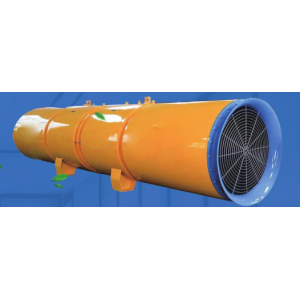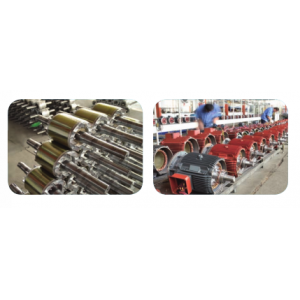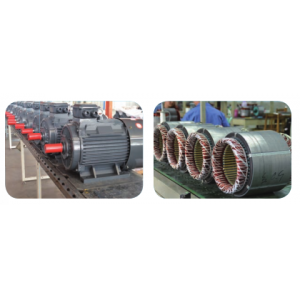What are the specific inspections of aquaculturheater?
The inspection work of breeding mainly includes the following aspects:
Appearance check: Check whether the heater shell is complete, and whether there are scratches, deformation and other damage.At the same time, check whether the switch, line, fan and other components are firm and flexible.
Function test: According to the manual, test the functions of the heater, such as switching, temperature adjustment, timer, wind speed controller, etc.At the same time, observe whether the heating pipes and fans are running normally.
Electrical performance test: In order to ensure safety, electrical performance testing is required, such as checking the insulation resistance between the fan shell and the motor winding to ensure the safety of electricity consumption.The insulation resistance between the fan shell and the motor winding should be greater than 0.5 trillion euros. Otherwise, the motor winding should be dry, and the temperature should not exceed 120 degrees when drying.
Daily cleanup: The gaps and appearances of the breeding heater often deposit dust or adhesive oil, so the heater must be cleaned regularly.When the appearance of cleaning aquaculture, please use soft cotton towels or soft brushes, daily detergent, weak alkaline soap solution, etc. Do not use other types of organic matter saturated solutions.
Maintenance of full water: Some customers believe that after stopping the aquaculture aircraft, water in the heating fan should be released to prevent the heater rust alone.In fact, the reason for the stainless corrosion of the heating system is that the protective film is added to the heating water, which can avoid the erosion of the heating control panel and pipeline.At the same time, full water standards can effectively disconnect the contact between gas and internal contact, reduce the chance of air oxidation and rust, and increase the use period of heating control panels and pipelines.
Before installation, you must check all aspects to ensure the quality of the machine.The above information is for reference only, and the specific inspection work may be different due to the brand and model of the aquaculture hotter.For more information, it is recommended to consult related technical personnel or manufacturers.
 Pipe connection method of air
Pipe connection method of air
 Installation and debugging of
Installation and debugging of
 Advantages and adjustment meth
Advantages and adjustment meth
 How to debug a centrifugal cur
How to debug a centrifugal cur

